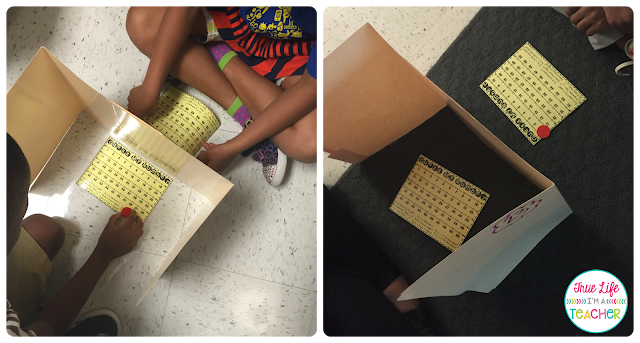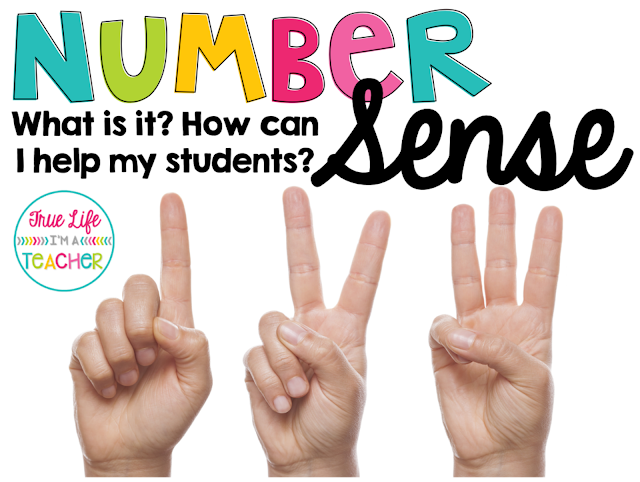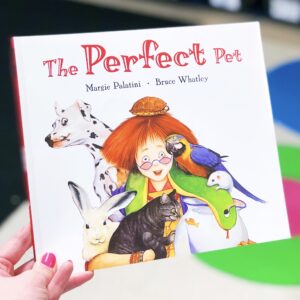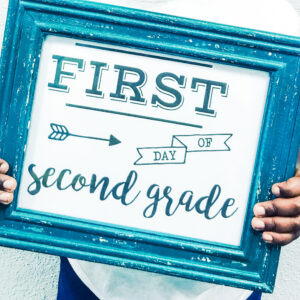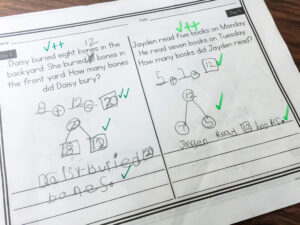I currently teach 2nd grade, but I’ve also taught 4th graders. Among the things they have in common (more than you’d think), are the need for improved number sense.
What is Number Sense?
Very simply – do the numbers I’m working with make sense? It could be in an answer, in an estimation, in a pattern. Is it logical? Here are some examples, but this list certainly isn’t exhaustive:
- recognizing patterns
- understanding place value
- estimating/reasonableness of answers
- seeing relationships
4 Ways to Help Students Develop Number Sense
- Have a routine – I’ve used a number of the day routine for some time. It’s the fast, most predictable way for students to begin to see patterns (10 more/10 less, 100 more/100 less, even/odd). You can incorporate this into morning work, or as part of a math warm-up. We don’t do this everyday, but definitely several times a week.
Here’s a look at the number of the day routine I use for at least the first 9 weeks of school depending on my kiddos’ number sense. It could be used during small groups for students who are struggling, or as part of a math rotation. You can grab it here!
- Practice estimation regularly. Have students estimate an answer prior to actually doing the computation. In addition, provide opportunities to estimate in real-life situations…think about how many times you estimate something – foods, heights, weights, ages, and so on. Estimation 180 is an AWESOME website that gives students the opportunity to estimate regularly, and in different situations. My sweet seconds LOVE estimation 180!
- Have students rationalize the reasonableness of their answer. This is a tough one, especially for students who lack strong number sense, however, they’ll get better! They’re start to think more critically of their computations to determine if their answer actually makes sense.
- For example, given then problem 86 – 32, students should understand that their answer should at least be less than 86 since the problem calls for subtraction.
- Play games! Include games that allow students to practice number sense (probably without even knowing it) into your math centers, small groups, and even during transitions when you have just 2 or 3 minutes.
One of my favorite number sense games to play is Guess My Number. I introduce this to the whole group in the first week or two of school, and my kiddos love it – I mean, it is a GAME after all 🙂
Then, I model how to play with a partner, and then finally have the entire class practice with a partner at the same time. It’s the very first math center my students experience, and is great to use for modeling proper math center routines and procedures. Here’s a look at our very first math center experience…it was a proud teacher moment for sure!
It’s probably the lowest prep math games in the world (maybe not), but it is super easy. It could be played with just the game board, but I also have partners use ONE counter, and a privacy shield (sort of battleship style).
I created two different versions…one that’s numbers 1-20, and one that’s a little more challenging with numbers 1-50. Hello, differentiation! This game can continued to be played during transitions (I like to have my kiddos glue a copy into the inside cover of their math notebooks for easy access), during small groups, or during math centers. You can grab it here or by clicking the picture below!
I’d love to know how you help your students build and learn number sense in the comments!
For more great ideas, tips, and tricks from True Life I’m a Teacher, be sure to follow me on Instagram, Pinterest, Facebook, Bloglovin’ and Teachers Pay Teachers.



